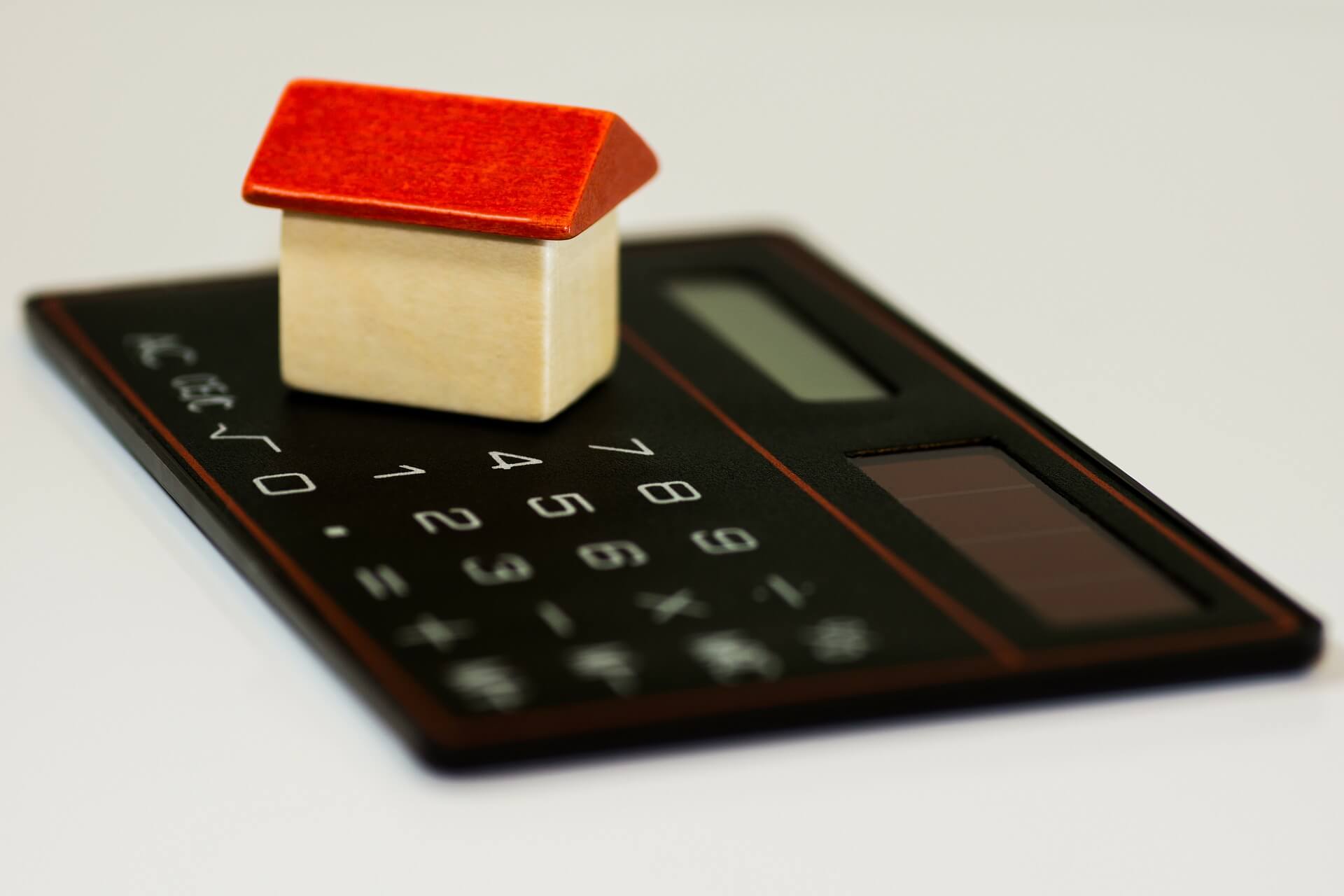Are you feeling overwhelmed with debt? Worried about how much you spend on interest each month? Lowering the amount of debt you carry can significantly improve your credit profile, reduce potential loan rates, and save you a lot in interest.
It just takes a few easy steps and a little dedication to take control of your debt.
1. Get the facts
Collect all your account, loan, and credit information. Go over the records with a fine tooth comb. Write down the monthly payment, debt amount, interest rate, and term of each debt. Next, write down your total monthly income and list your estimated monthly expenses. Order your credit profile and credit score online to get a baseline for tracking your improvements.
2. Do the math
Calculate your monthly budget and find a way to reduce your expenses so that you are saving 10% of your income each month. Apply these savings toward paying off your debts.
Use the following “accelerator margin” formula to decide which debt to pay first:
- Create a list of all your debts.
- For each debt, divide the total amount that you owe by the monthly payment.
- Put the debts in order, starting with the lowest from step 2.
- Each month, make the current minimum payment on each debt except the lowest from step 2.
- To the lowest from step 2, apply about 10% of your monthly income.
- Repeat each month until that debt is paid.
- Repeat the process by paying the minimum payment on all bills except the second lowest debt.
- On the second lowest debt, pay the monthly minimum plus the amount you previously paid for debt no. 1.
- Continue until debt no. 2. is paid.
- Begin eliminating debt no. 3 with your minimum and the monthly amount you paid on former debt no. 2. Continue until all debts are paid.
For example, here are some debts:
| Debt | Min payment | Total debt | Total/monthly payment |
| Mastercard | $150 | $5,000 | 33 |
| Visa | $200 | $12,000 | 60 |
| Line of credit | $400 | $25,000 | 63 |
| Car | $280 | $18,000 | 65 |
| Student loans | $500 | $35,000 | 70 |
In this example, the Mastercard would be the lowest debt. On every debt except the Mastercard, just pay the minimum amount. On the Mastercard, pay the minimum amount plus 10% of your monthly income. If you make $3,000 per month, then you would pay $150 + $300 or $450 per month.
What this does is accelerate your debt payment. Basically, you’d be making the equivalent of 3 months of payments every month. Theoretically, you could pay it off in a third of the time. (That’s not quite true because as your principal drops, so does the interest calculated each month, so it will speed up even more as more of it is paid off.)
Once your Mastercard is paid off, then move onto the Visa in the example. Now what you pay on the Visa every month is the $200 minimum payment you had been paying plus the $450 you were paying on the Mastercard. You’ll now be paying $650 each month on the Visa instead of $200.
Once that’s paid off, you pay $1000 per month on the line of credit, then $1280 on the car, and finally $1780 on student loans.
Make sense?
3. Negotiate and consolidate
While you reduce those balances with the “accelerator margin” schedule, try lowering the interest rates on some of the highest interest debts. Call your creditors and negotiate for a rate reduction or consider moving your balances to less expensive credit cards (this may cause a slight drop in your credit score if you open a new credit account).
Also, take this opportunity to see if you have any account balances above 50% of the available line of credit. Having high balances can harm your credit score, you can help this by transferring some of the debts to different accounts.
4. Refinance
After taking control of your credit card and small loan debts, take a look at your major loans. Would it make sense to refinance your mortgage or auto loan? Reducing your interest rate by a few points can potentially save you hundreds each month. Talk with us about a home equity loan; you can apply the amount you pull out toward reducing your high interest debts.
5. Stick to the plan
Create a payment calendar with the due dates and the payment amounts you just calculated. Sign up for automatic bill payments through your bank, or register for online payments to keep you on schedule. Track improvements in your credit profile by registering for a credit monitoring product.
Set goals for reducing your debts, and don’t forget to celebrate when you reach a major debt-reduction milestone!

